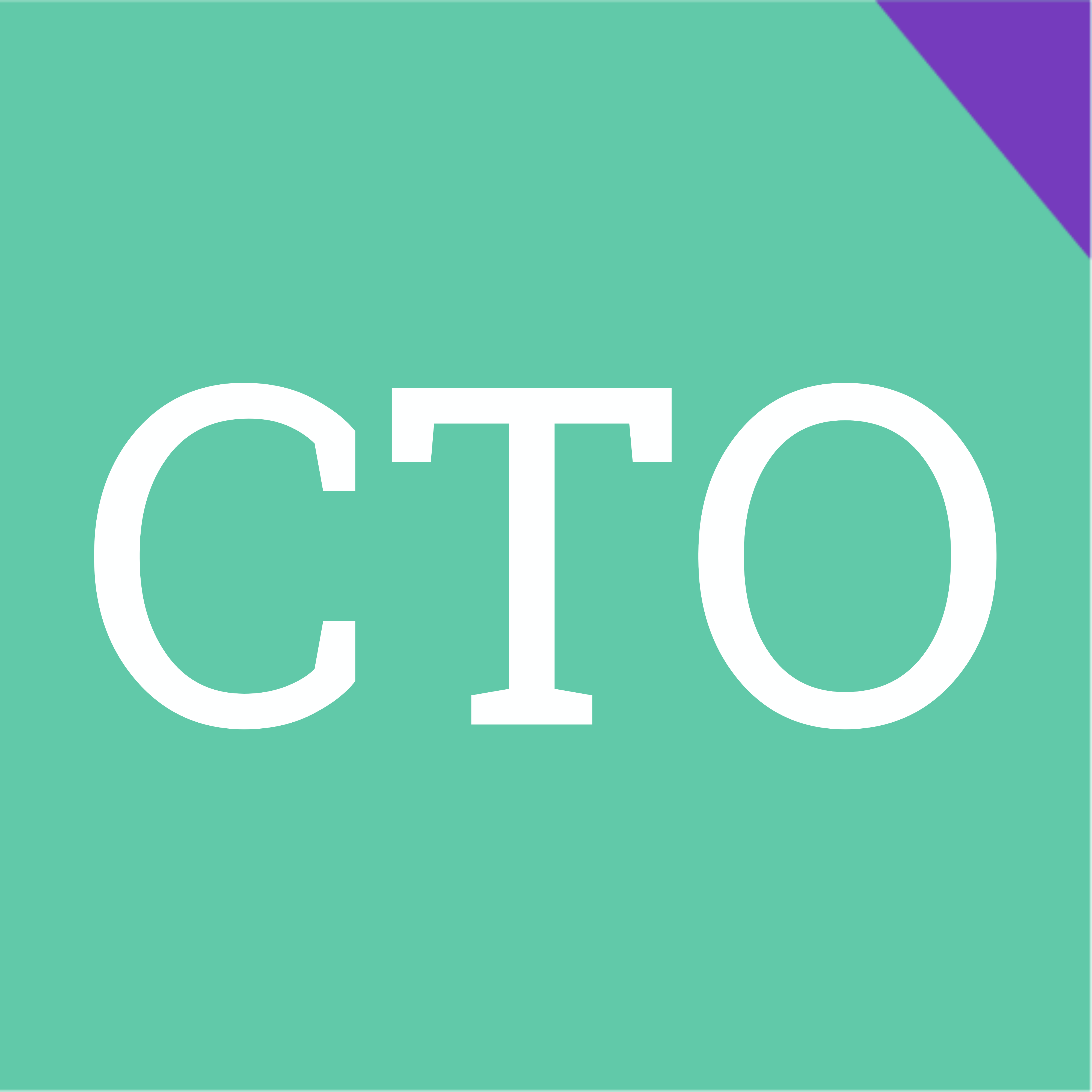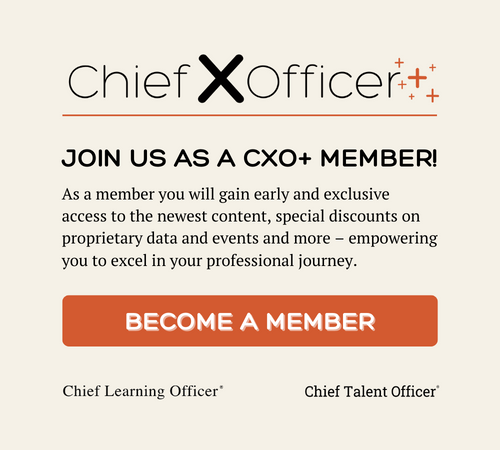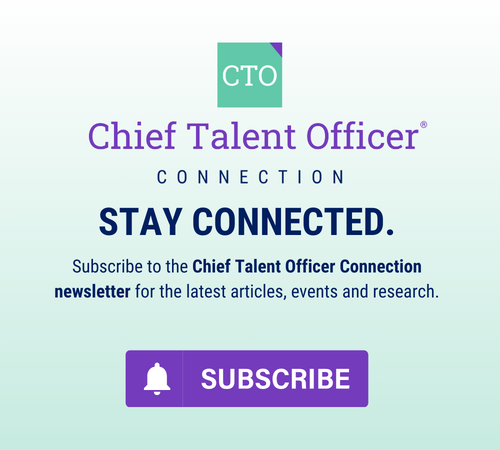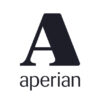The transformative power of artificial intelligence in talent development is undeniable—yet its true potential lies not in isolated HR experiments, but in enterprisewide strategic alignment. The statistics are compelling.
According to research from Boston Consulting Group, AI leaders “have achieved 1.5 times higher revenue growth, 1.6 times greater shareholder returns, and 1.4 times higher returns on invested capital.” Additionally, 70 percent focus their efforts on people and processes with AI, yet only 26 percent of companies “have developed the necessary set of capabilities to move beyond proofs of concept and generate tangible value.”
While organizations rush to implement AI-powered recruitment tools, learning platforms and performance analytics, many struggle to scale these initiatives beyond pilot programs. This transformation brings complex questions for CXOs: How should organizations balance speed and readiness? How to avoid bias while enhancing efficiency? What skill mix will future leaders need?
In the context of this article, CXO refers to chief executive officers and other C-suite executives who hold senior leadership positions in organizations and who have strategic decision-making authority and responsibility for driving organizational transformation, particularly in areas related to talent management, technology adoption and business strategy alignment.
AI systems don’t implement themselves ethically or effectively. Success requires intentional human leadership, thoughtful cultural change and conscious choices about how these powerful technologies are designed, deployed and governed. The goal? Enabling CXOs to architect AI-powered talent strategies that are not only agile and scalable, but also ethical, human-centred, and growth-minded.
Here are five critical lessons that emerge for CXOs seeking to harness AI responsibly and effectively in talent development.
- Strategic alignment over technological sophistication
It isn’t inadequate technology—it’s misalignment with business strategy. Around 70 percent of AI implementation challenges stem from people- and process-related issues, 20 percent are attributed to technology problems and only 10 percent involve AI algorithms. This distribution reveals a fundamental truth: The success of AI in talent development depends more on organizational readiness than algorithmic elegance.
This begins by identifying critical business outcomes, whether it’s accelerating time-to-competency for new hires, improving leadership pipeline strength or enhancing workforce agility, and then determining how AI can amplify existing talent development processes to achieve these objectives.
The practical implication for CXOs is clear: Resist the temptation to pursue AI initiatives that lack direct connection to business strategy. Establish a governance framework that ensures every AI talent development project contributes measurably to strategic objectives. This requires appointing cross-functional leaders who can bridge the gap between technology capabilities and business needs.
- Human-AI partnership, not human replacement
A persistent misconception in talent development is that AI’s primary value lies in automation and efficiency gains. While these benefits are real, they represent only the beginning of AI’s transformative potential. Most machine learning applications augment, rather than replace, human efforts. The most successful AI talent development initiatives create what researchers at McKinsey & Company call “superagency”—a state that increases personal productivity and creativity by combining human judgment with machine intelligence.
In talent development, this manifests in three ways:
- Enhanced decision-making: AI analyzes vast datasets to identify patterns in employee performance, learning preferences and career trajectories, but human talent leaders must interpret these insights within an organizational context and make nuanced decisions about development interventions.
- Personalized learning at scale: AI creates individualized learning paths for thousands of employees simultaneously, while human development coaches provide contextual guidance, emotional support and strategic career counselling that algorithms cannot replicate.
- Predictive talent intelligence: AI identifies high-potential employees and predicts retention risks, but human leaders craft retention strategies, conduct meaningful career conversations and create compelling development opportunities.
The implication for CXOs is to invest equally in human capability development alongside AI implementation. This means upskilling talent development professionals to work effectively with AI tools, interpret algorithmic insights and maintain the human elements that drive engagement and trust.
- Data quality and governance are non-negotiable
The effectiveness of AI in talent development is constrained by data quality and governance practices. The challenge is that there’s rarely an objective ground truth to feed an AI model. In the absence of objective data, models often rely on subjective data, which is difficult to validate. In talent development, this challenge is particularly acute because human performance, potential and development outcomes are inherently complex and multifaceted.
To achieve meaningful ROI from AI talent initiatives, organizations must include:
- Standardization of data collection and integration: Establishing consistent methods for capturing performance data, learning outcomes, engagement metrics and career progression indicators across all business units globally. Additionally, breaking down silos between HR systems, learning platforms, performance management tools and business systems to create comprehensive talent intelligence.
- Bias detection and mitigation: Implementing AI systems capable of conducting real-time bias audits, automatically flagging when recommendation algorithms disproportionately favour certain demographic groups and providing corrective suggestions.
- Privacy and ethics frameworks: Creating clear guidelines for how employee data can be used in AI applications, ensuring transparency and maintaining trust in the talent development process.
The strategic imperative for CXOs is to treat data governance as a foundational investment, not an afterthought. This distinguishes successful AI talent initiatives from failed experiments.
- The skills revolution demands systematic reskilling at scale
The magnitude of the skills transformation underway cannot be overstated. According to PwC’s 2024 Global AI Jobs Barometer, 69 percent of CEOs anticipate AI will require new skills from their workforce, rising to 87 percent of CEOs who have already deployed AI. This isn’t merely about training employees to use new tools; it’s reimagining human capability in an AI-augmented workplace.
The most successful organizations are approaching this challenge systematically. Rather than ad-hoc training programs, they’re implementing comprehensive reskilling initiatives that span multiple years and career levels.
Forward-thinking CXOs are establishing dedicated “AI centers of excellence” within their talent development functions, creating structured pathways that move employees from AI awareness to AI proficiency to AI innovation. These programs typically include three phases: foundational AI literacy for all employees, role-specific AI application training and advanced AI collaboration skills for leaders and specialists.
- Culture change precedes technology deployment
Successful AI talent development requires cultural transformation that extends far beyond the HR function. The disconnect between leadership commitment and employee readiness as a barrier to adoption is consistent.
Successful AI talent development implementations follow a sequence:
- Cultural foundation: Establishing organizational values that embrace data-driven decision-making, continuous learning, and human-AI collaboration before implementing AI tools.
- Leadership modelling: Having senior leaders who are actively engaged in driving gen AI adoption, including role modelling the use of gen AI, is crucial for organizationwide acceptance and effective implementation.
- Gradual expansion: The early stages of generative AI use are often described as “extensive experimentation”. Enterprises are taking a targeted approach that creates value while minimizing risk and laying a foundation for large-scale efforts.
- Continuous learning: Building organizational capabilities to learn from AI implementations, adapt strategies based on results and evolve practices as technology advances.
CXOs must view AI talent development as an organizational capability that requires systematic development rather than a technology deployment that can be outsourced to IT and HR.
To unlock AI’s potential in talent development, the journey requires sustained leadership attention, cross-functional collaboration, patience with the learning curve, investment and systematic attention to organizational change. Organizations that master this integration will not only outperform their peers in talent metrics but will also build a sustainable competitive advantage.
Action Guide: For the Ambitious CXOs
- Audit your talent processes: Map where AI helps most—screening, reskilling, mobility, performance, well-being.
- Build ethical guardrails: Assemble a cross-functional AI talent council, define principles around fairness, inclusivity, data privacy and invest in bias-audit tools.
- Pilot with transparency: Launch targeted and transparent pilots, share goals, metrics and feedback loops with participants to foster inclusion.
- Measure what matters: Pair AI adoption metrics with real business impact, apply Randy Bean’s “fail fast, learn faster” approach with review rituals and knowledge sharing.
- Scale through culture infrastructure: Transition from pilots to platforms, reward experimentation and continuous improvement.
The question is not whether AI will transform talent development—it already has. The question is whether your organization will thoughtfully harness this transformation to drive strategic advantage or remain relegated to reactive adoption of isolated tools. The choice, and its consequences, rest squarely with the CXOs.















